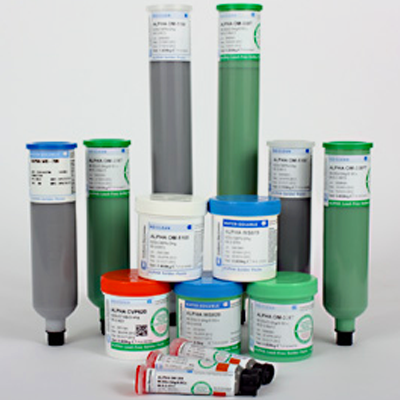

It can get tiring with a large board, and your hands become cramped arm stumps.

The downside to this very quick and easy method is that the syringe isn’t easy to press with your thumb. On microcontrollers with a small pitch, you can get away with a small bead along the length of the side, and generally the paste will flow right to the pads and separate without much bridging. The absolute easiest way to put solder paste on a PCB is just using the syringe and carefully placing a small blob on the pad. It turns out there are a lot of ways to do this. The general theory is that you want to take a tub (or syringe) of solder paste, which is basically a gooey suspension of flux and solder, and apply it to just the pads of the PCB in a consistent thickness.
#Best solder paste series#
In this new series which we’re calling Tools of the Trade we’ll be covering a variety of tools used for building products, and we’re starting with circuit board assembly. Let’s investigate our tools of the trade: solder paste dispensing. But new tools, and cheap hacked tools, have made it easier to automate small batches, and scale up into the thousands before outsourcing assembly. If you’re only doing a few boards, it’s usually easiest to assemble them by hand. Then you do an inspection for defects, program any microcontrollers, and finally test the completed board to make sure everything runs. Then for through hole components you put the leads through the holes, and solder them with an iron or a solder wave or dip.

For surface mount components, you apply solder paste to the pads, put the components on top, and then heat the board up so the solder paste flows and makes a bond. The general process of circuit board assembly goes like this: You order your PCBs.


 0 kommentar(er)
0 kommentar(er)
